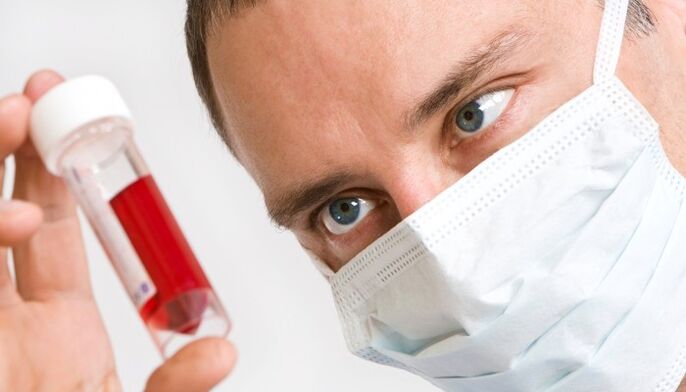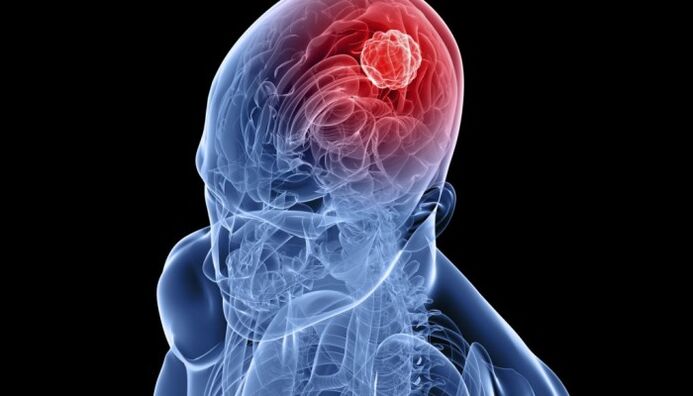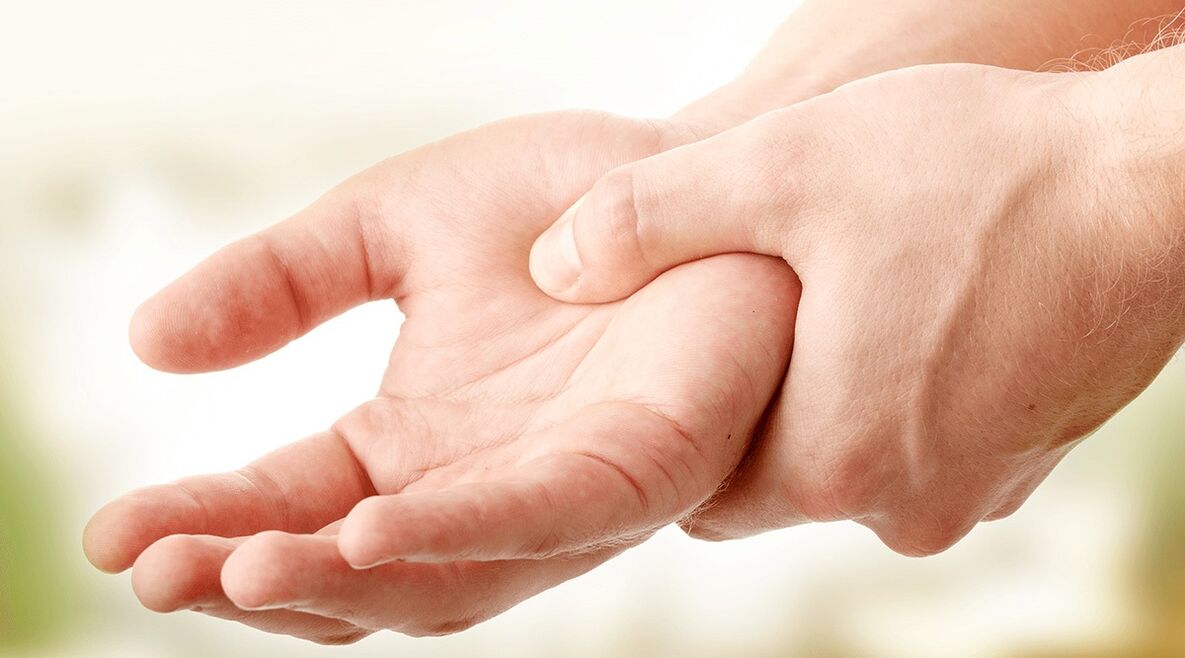When there is discomfort in a certain area, it is undoubtedly a source of problems for the patient, but the pain in the whole body is more painful. In this situation, even daily activities go into the background because they are difficult to perform.
Many people are familiar with feelings of weakness, fatigue and pain that hinder active exercise. Similarly, general pain in muscles, bones, or joints cannot be ignored. It should force the patient to make quick decisions to learn the reason and nature of the next steps. But first you need to see a doctor.
Reasons
If the muscles and joints of the whole body ache, it is first necessary to find out what it is related to.
A wide range of such feelings forces the patient and the doctor to think of a systemic lesion. The cause should be sought not in the individual tissues of the musculoskeletal system, but in the functioning of the whole organism and its systems. At the same time, it is very difficult to understand what actually hurts: muscles, bones or joints. Such feelings spread throughout the body and do not have a precise localization. However, there are states where a similar situation is very characteristic. These include:
- Physical stress.
- Infectious diseases.
- Connective tissue pathology.
- Blood diseases.
- Tumor processes.
- Neurological disorders.
As you can see, the pathology is quite diverse and serious. If you do not take into account the complete physiological causes of muscle weakness and pain in them, you should be very careful about the likelihood of these diseases. A doctor's advice is never enough.
After a clinical examination by a doctor, it is possible to speculate on the origin of pain in the joints and muscles of the whole body.
Symptoms

It has any pathological characteristics. All manifestations, even if insignificant, should be taken into account. To identify a disease that affects the condition of the muscles and joints, it is necessary to analyze the patient's complaints and objective symptoms.
Since pain is the most common symptom, its possible features should be considered:
- Pain, burning, cutting or stabbing.
- Localized in the area of muscles, bones or joints.
- Feels or is volatile in the same areas of the body.
- Permanent or periodic.
- Medium, strong or weak.
This may be accompanied by feelings of weakness, fatigue or pain. If the cause of the pain lies in a common disease of the body, then there will definitely be other symptoms that indicate the source of the problem.
Physical stress

To get started, you need to rule out a situation that almost everyone can face. Excessive physical activity can cause muscle tension that affects feelings in different parts of the body. Pain and weakness are associated with the accumulation of lactic acid in the tissues and micro-damage to the fibers. Therefore, sore throat develops, which over time. It is important to remember that only muscles are involved in the process and there should be no other symptoms.
If physical stress is ruled out, more serious causes of pain should be sought.
Infectious diseases

Bone and muscle pain is familiar to anyone with a respiratory infection. Even banal ARI is accompanied by such symptoms. What about a more serious pathology such as influenza, meningitis, hemorrhagic fever, leptospirosis, Lyme disease. Flying pains are characteristic of brucellosis and epidemic myalgia. In many cases, such feelings are the result of microbial intoxication. Infectious diseases are accompanied by other symptoms:
- The temperature.
- Cough, sneezing.
- Itchy skin.
- Nausea, diarrhea.
- Headache.
- General weakness.
Joint pain can even bother patients with liver damage - viral hepatitis. In this case, the right hypochondrium is characterized by violence, yellowing of the skin and loss of appetite. We must not forget the possibility of parasitic invasions, such as trichinosis, in which muscle pain is of great diagnostic importance.
The spectrum of infectious pathology is very wide, so it is necessary to determine the cause of pain in the body in a timely manner.
Connective tissue pathology

If there is pain in the muscles and joints, the patient should be examined for systemic diseases: lupus erythematosus, polymyositis, scleroderma, rheumatoid arthritis. They are autoimmune in nature and occur with damage to connective tissue in all body systems. In this case, you should pay attention to the following features:
- Symmetrical damage to the joints of the hands with characteristic deformities - in rheumatoid arthritis.
- Redness of the skin in the form of a butterfly - with lupus erythematosus.
- Weakness of limbs and neck muscles - with polymyositis.
- Thickening of the skin on the fingers, mask-like face - with scleroderma.
It should be noted another disease with systemic manifestations - rheumatism. Although the microbial agent (streptococcus) becomes a trigger, an autoimmune process develops in the future. This disease will be characterized by flying pains in the joints.
Diseases of connective tissue are accompanied by damage to internal organs: heart, lungs, kidneys, as well as blood vessels and nervous system.
Blood diseases

Diseases of the hematopoietic system are a common cause of bone pain. Unfortunately, most of them are malignant, so it is useful for everyone to know the characteristics of such a pathology. In addition to body aches, the following symptoms develop with leukemia:
- Temperature rise.
- Swollen lymph nodes.
- Bleeding of various localizations.
- Pale skin.
- Enlargement of the spleen and liver.
- Prone to infection.
In addition, shortness of breath, general weakness, loss of appetite, skin nodules may be a concern. The acute form of leukemia occurs with obvious manifestations and poses a serious threat to life in the absence of adequate treatment.
Tumor processes

Pain in the area of bones, joints or muscles of the whole body can be seen in the structure of the paraneoplastic syndrome, which is characteristic of various malignant tumors. It develops due to metabolic, immune and other disorders associated with the initial process. Arthro- or osteopathy, similar to various rheumatic diseases, is often observed. Similar symptoms appear long before the tumor process is detected.
In addition, bone pain can occur as a result of "cancer intoxication" observed in patients with advanced tumors and metastases. In addition to these symptoms, the general picture of the disease will be dominated by general disorders:
- Great weakness.
- Weight loss, until exhaustion (cachexia).
- Anorexia, nausea.
- Pale skin, grayish, icteric or blue.
- The temperature.
- Depression, nervousness.
Such symptoms significantly aggravate the patient's condition and adversely affect the prognosis of the disease.
More attention should be paid to the detection of tumors in the early stages, which is possible only with regular preventive examinations.
Neurological disorders

If the patient feels pain in muscles, joints or bones, the problem may even be in the nervous system. Often similar symptoms are observed with polyneuropathy. The disease may have a different localization, but the lower extremities are most susceptible to it. In such cases, the following symptoms are noted:
- Congestion, tingling, burning, creeping "gas bubbles".
- Decreased sensitivity.
- Changes in the intensity of reflexes.
- Muscle weakness, malnutrition.
- Skin thinning, hair loss, dryness.
Polyneuropathy can cause severe pain that significantly affects patients' quality of life.
Diagnostics

After the clinical examination, additional methods should be used to help make a correct diagnosis. Given the wide range of possible pathologies, the doctor needs a variety of laboratory and instrumental tools. These include:
- General analysis of blood and urine.
- Biochemical blood test (infectious antigens, rheumatic tests, tumor markers, acute phase indicators, liver function tests, etc. ).
- Bacteriological analysis of blood and body secretions.
- Bone marrow puncture.
- Calculated and magnetic resonance imaging.
- Neuromyography.
It is necessary to consult a rheumatologist, infectious disease specialist, oncologist, hematologist and neurologist.
Based on the results of a thorough examination, it is possible to draw a final conclusion about the origin of pain in the bones or muscles.
Treatment
After the diagnosis, the doctor prescribes additional measures. Therapeutic tactics will depend on the type, spread and condition of the patient's body. It is difficult to develop a general therapeutic program for all diseases that may be accompanied by aches or pains in the joints, muscles and bones. It all depends on the specific situation that determines the use of conservative or surgical methods.
Drug therapy

The mainstay of treatment for most diseases is medication. It is difficult to imagine modern medicine without them. A wide range of drugs allows to influence the mechanism of development of almost any pathology and its cause. With the advent of certain drugs, the treatment of serious diseases has become much easier.
Depending on the diagnosis and clinical condition, the following medications may be used for pain throughout the body:
- Antibiotics and antiparasitic.
- Non-steroidal anti-inflammatory.
- Hormones (glucocorticoids).
- Cytostatics and immunosuppressants.
- Detoxification.
Many drugs have serious contraindications for neoplastic diseases. This applies to vitamins and metabolic agents. Their use can increase the development of the pathological process. Of course, the treatment package may include additional drugs that will affect the individual symptoms of the disease.
Medications should be in accordance with generally accepted therapy standards and should only be prescribed by a physician.
Surgical treatment

Surgery may be indicated for tumors or blood diseases. In the first case, the pathological focus is removed along with the regional lymph nodes. Depending on the nature of the disease, subsequent appointment of radiation therapy is possible. Against the background of conservative treatment, bone marrow transplantation with progressive leukemia is recommended.
Pain in the musculoskeletal system, which covers almost the entire body, can be a serious concern. Early diagnosis and proactive treatment will help prevent complications and improve the prognosis of any disease.



































